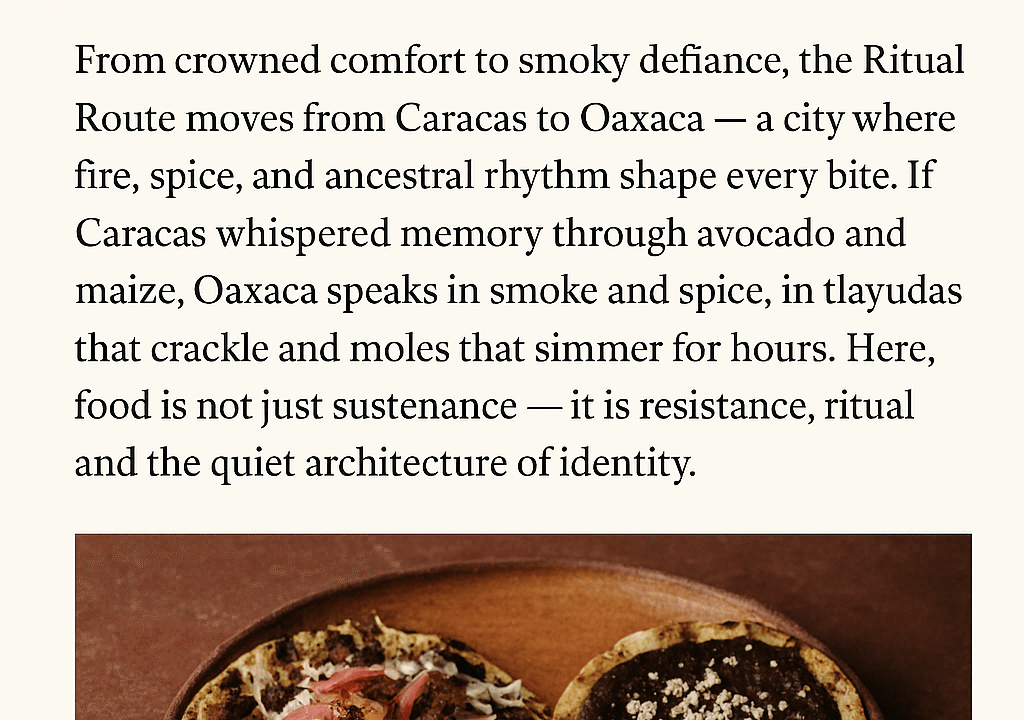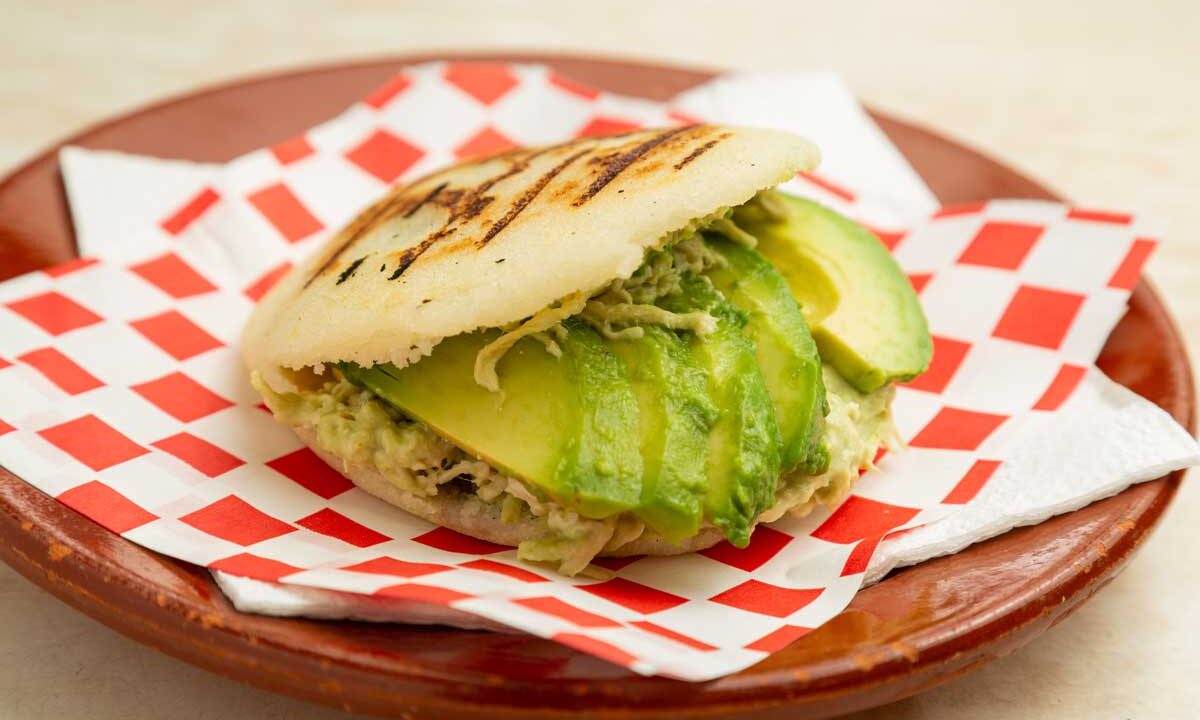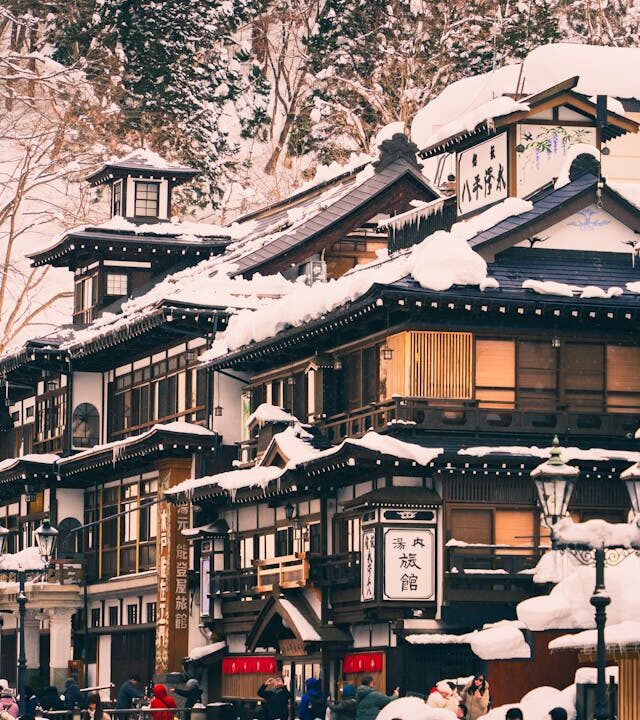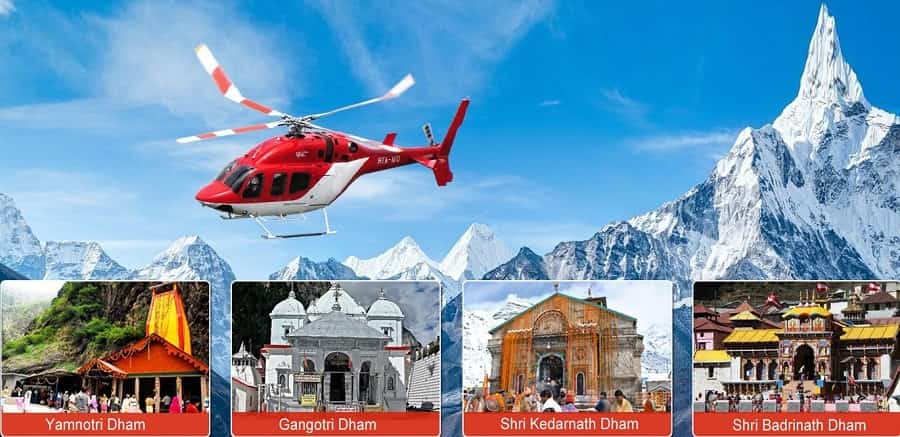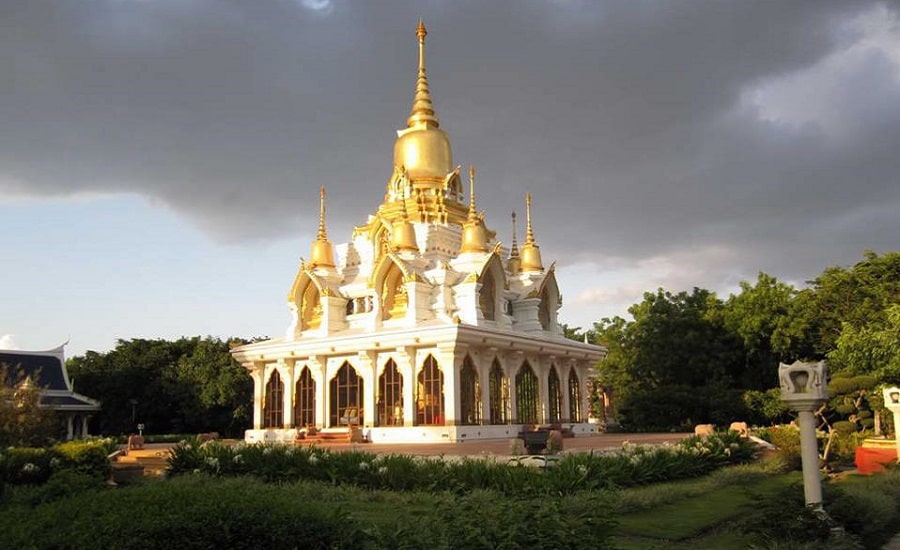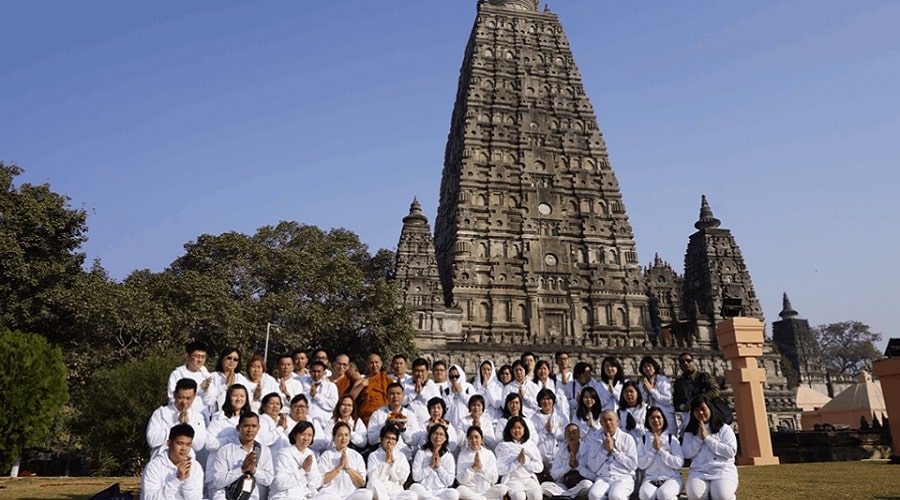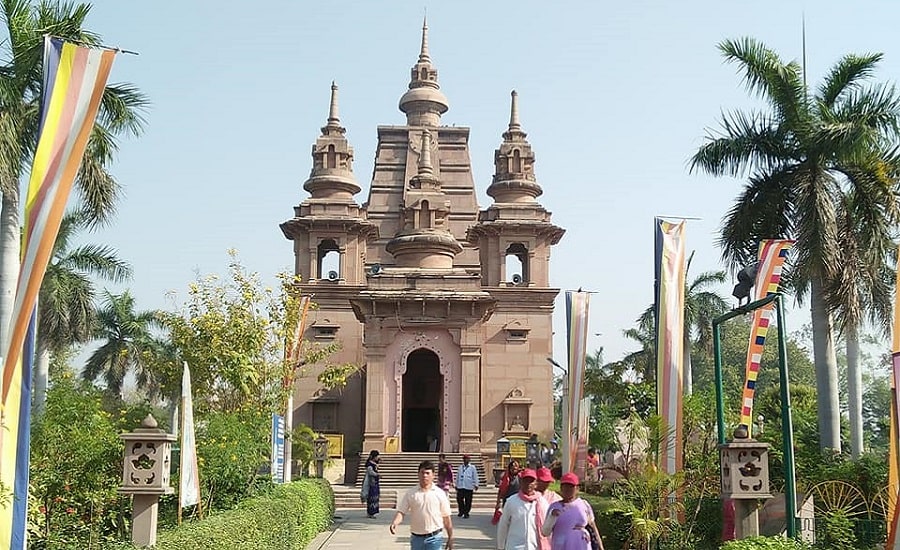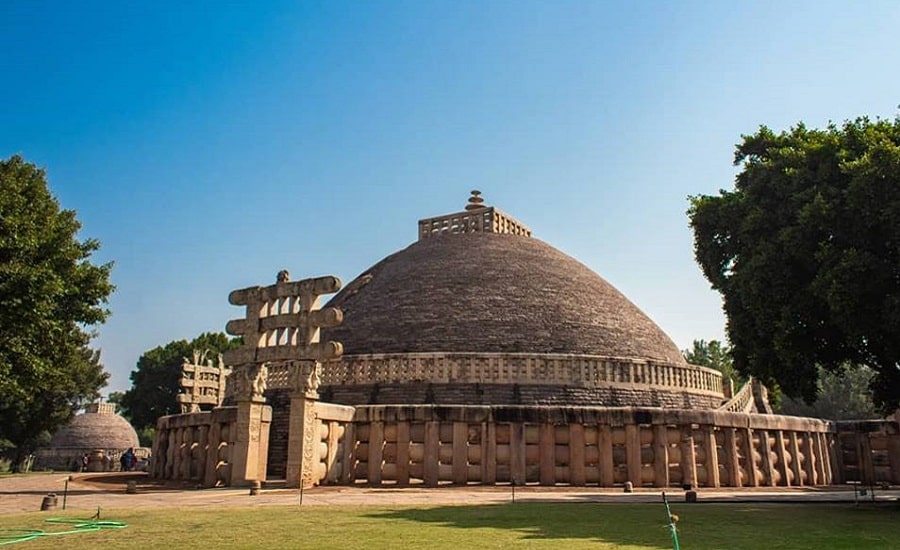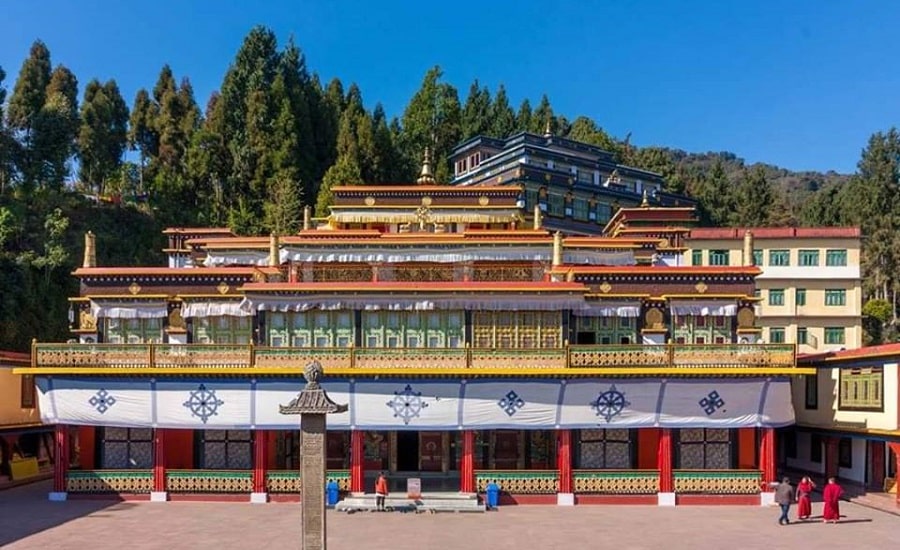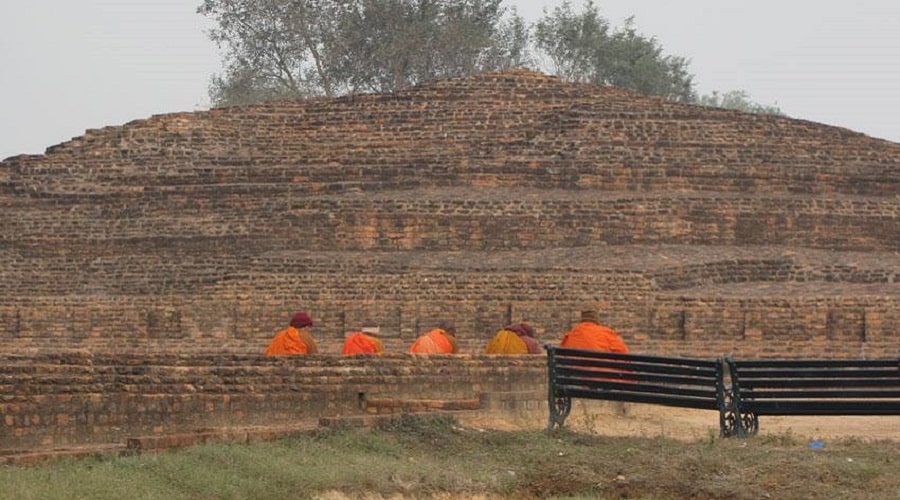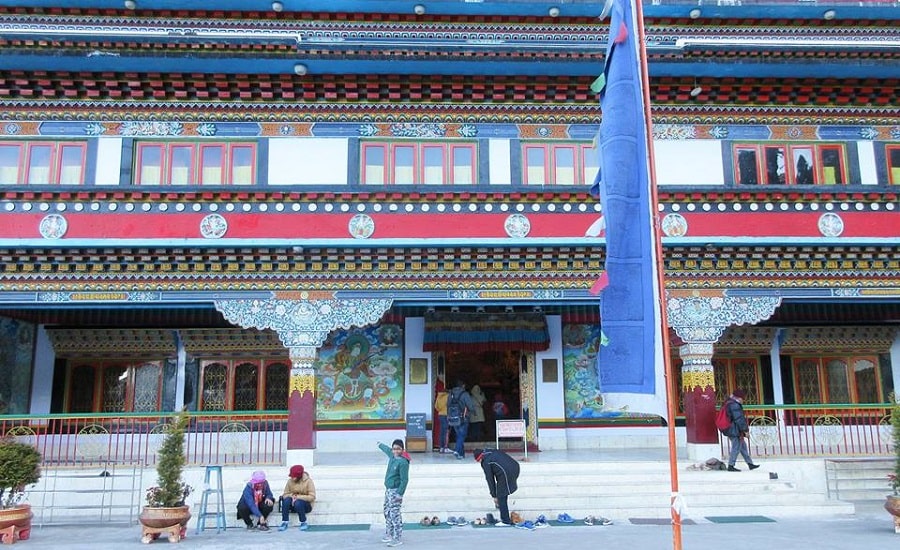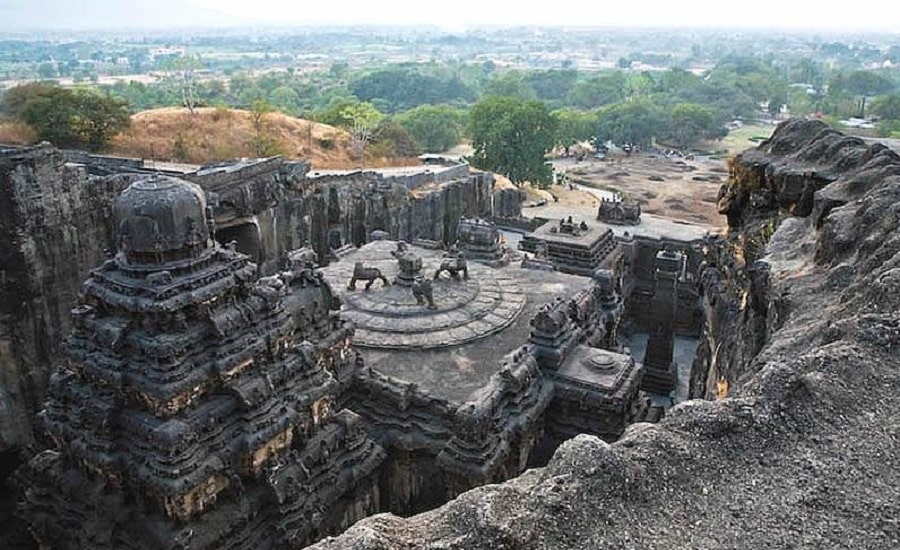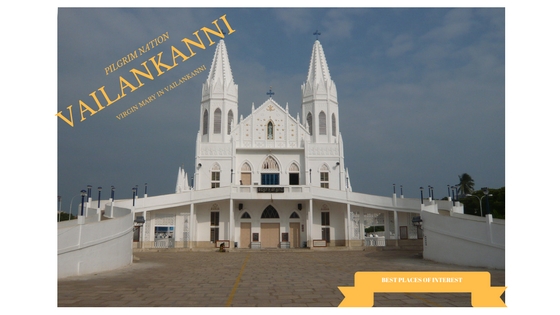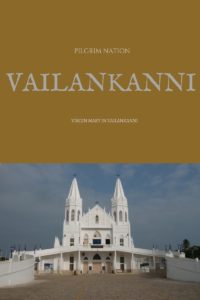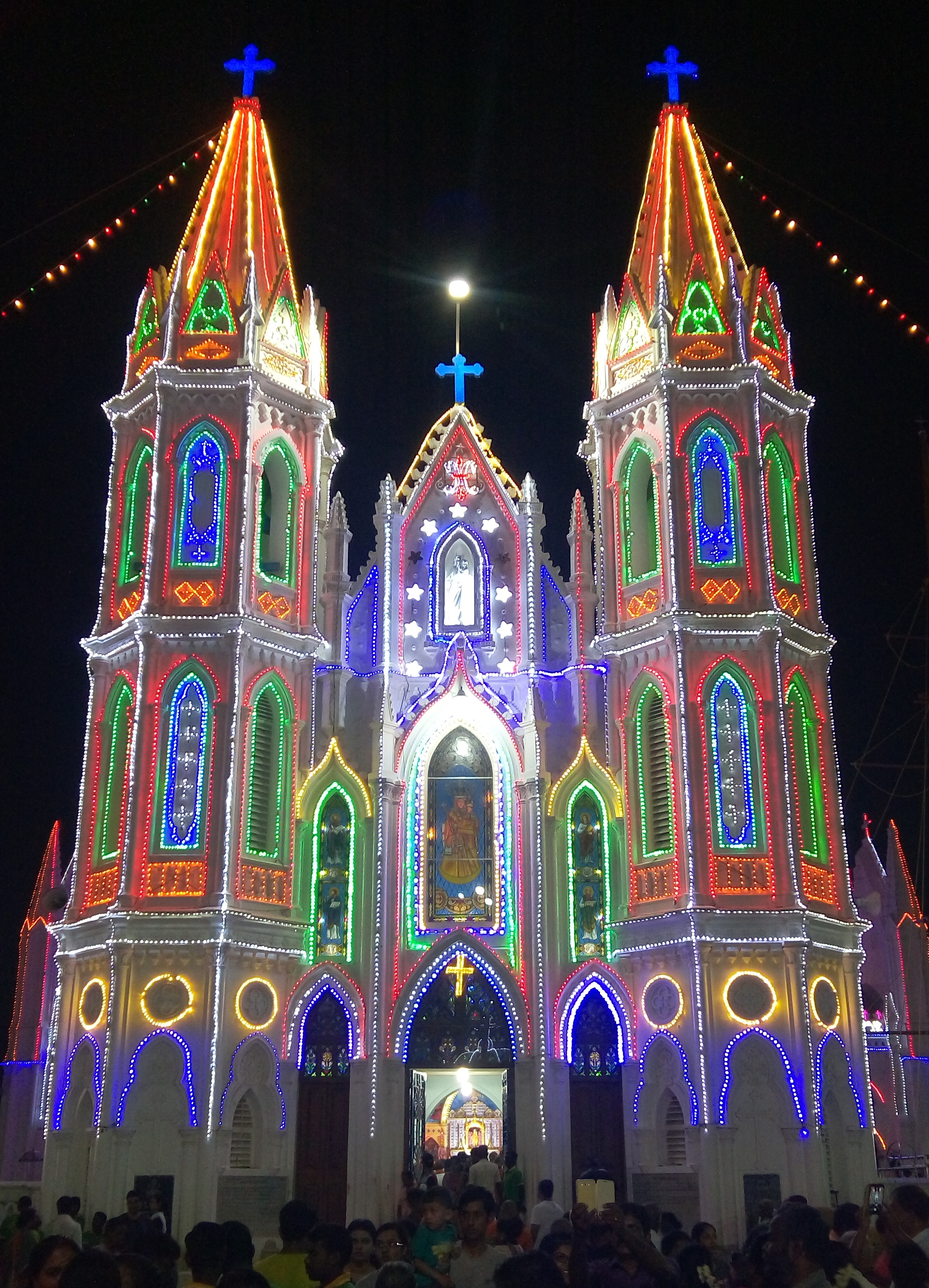Char Dham Yatra is popular for being one of the most treacherous and testing Yatra journeys undertaken by devout Hindus of India as well as people looking to explore the fascinating spirituality of India. During this pilgrimage, you will be covering all the four holy abodes of Kedarnath, Badrinath, Yamunotri, and Gangotri which are all located in remote locations on the Garhwal Himalayan ranges. Being situated on such a high elevation visiting these sites will be an extremely challenging journey, especially for senior citizens as well as people who are physically or mentally challenged.
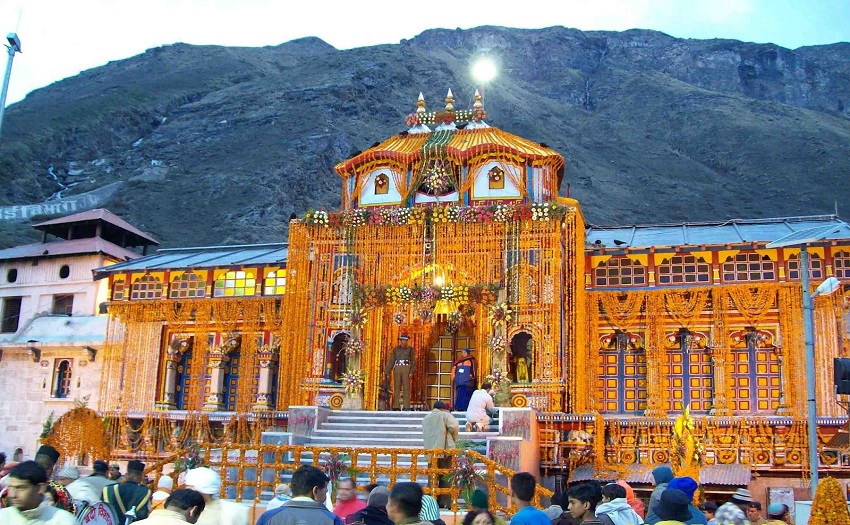
If you are planning on going on this pilgrimage then here is how you can make the journey easier with a set of the latest and smartest tips:
Health-Related Tips for Char Dham Yatra
Indulge in regular exercise activities or walk a few miles each day daily till the day of the journey. This will allow you to deal with the sudden and extreme high altitude sickness that will be experienced. You will also be in good shape for the journey which is a prime requirement to make your trip smooth.
Eat properly way before the commencement of the journey. Eating right will allow you to keep yourself healthy and in top shape before even the pilgrimage starts. Make sure to include some leafy green vegetables and fruits in your diet to keep yourself healthy from the inside.
Practice yoga practices and breathing exercises to minimize the negative effects of too much walking and mountain sickness. By regulating your breathing you will be able to acclimatize in the high altitude situations in a better manner and without getting headaches or feeling nauseous or vomiting. Yoga will allow your muscles to limber up and will make you ready for the journey.
Booking Related Tips
Being one of the most popular pilgrimage circuits in India, make sure to confirm all your bookings way before the opening dates of the Char Dham Yatra portals since the tickets get completely sold out and all the good hotels are booked by then. From the helicopter journey to Char Dham Yatra to even the bus journey for Char Dham remember to get it all confirmed months before the journey kick starts or even the dates of opening are announced.
Remember to hire a reliable agent for Char Dham Yatra. Do your research and go through a few well-known names offering Char Dham Yatra journeys which have been in the business for a long time. Not all agents are reliable and some may even scam you out of your hard-earned money, one way to avoid this is by going through their reviews.
Once you have landed on a Char Dham Yatra service provider then your next step will be to decide when to visit. Remember under any circumstances never to go on a Char Dham Yatra journey during the monsoon months of July mid to early September since the entire region remains prone to heavy rainfall. The best recommended time to visit Char Dham will be from May to early July and if the cold winter months are not a problem then you can also visit the Dhams at the end of September to the closing time of the Dham portals.
Travel Related Tips
Bundle up on winter woolen clothing including warm jackets and even some winter accessories like woolen mufflers, woolen gloves, ear muffs, and woolen socks. Remember that no matter when you plan on making the trip you will be required to carry along some light warm woollen clothing items.
Be sure to go through the rules and regulations of the temples before visiting them since being a holy spot you are expected to maintain the decorum of the place. For eg. Photography inside the temple is strictly prohibited and should not be done under any circumstances.
Remember to carry along some light travel bags like a duffle or rucksack since this journey is extremely hectic and can even hold you back during the journey. If you are availing Chardham Yatra by Helicopter then you cannot carry more than 5 kgs of luggage.
Other Essential Tips
Make sure to carry along with you all the necessary medications that you think you may require like Pain Relievers, Cough Syrup, Paracetamol, Moov, etc. make these inclusions in your first aid kit along with bandages, band-aids, Dettol, crepe bandages, etc.
Being a lengthy journey you will be required to keep your glucose levels high which will provide you with some much-needed energy. Carry along some dry fruits, biscuits, and chocolates, and do not forget your bottle of water.
Remember to carry along some trip essentials like – a torch, an extra set of batteries, a raincoat, hats, sunglasses, a good pair of walking shoes, etc.

